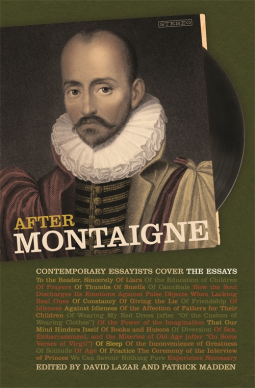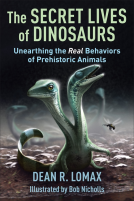
After Montaigne
Contemporary Essayists Cover the Essays
by David Lazar and Patrick Madden
This title was previously available on NetGalley and is now archived.
Send NetGalley books directly to your Kindle or Kindle app
1
To read on a Kindle or Kindle app, please add kindle@netgalley.com as an approved email address to receive files in your Amazon account. Click here for step-by-step instructions.
2
Also find your Kindle email address within your Amazon account, and enter it here.
Pub Date Sep 15 2015 | Archive Date Dec 16 2015
Description
Writers of the modern essay can trace their chosen genre all the way back to Michel de Montaigne (1533–92). But save for the recent notable best seller How to Live: A Life of Montaigne by Sarah Bakewell, Montaigne is largely ignored. After Montaigne—a collection of twenty-four new personal essays intended as tribute—aims to correct this collective lapse of memory and introduce modern readers and writers to their stylistic forebear.
Though it’s been over four hundred years since he began writing his essays, Montaigne’s writing is still fresh, and his use of the form as a means of self-exploration in the world around him reads as innovative—even by modern standards. He is, simply put, the writer to whom all essayists are indebted. Each contributor has chosen one of Montaigne’s 107 essays and has written his/her own essay of the same title and on the same theme, using a quote from Montaigne’s essay as an epigraph. The overall effect is akin to a covers album, with each writer offering his or her own interpretation and stylistic verve to Montaigne’s themes in ways that both reinforce and challenge the French writer’s prose, ideas, and forms. Featuring a who’s who of contemporary essayists, After Montaigne offers astartling engagement with Montaigne and the essay form while also pointing the way to the genre’s potential new directions.
Advance Praise
—Publishers Weekly
"A fascinating collection of essays that carries forward the omnidirectional momentum of the master. After Montaigne gives us grand examples of the essay as it lives today."
—Ian Frazier, author of Great Plains
“Imagine the dinner party: not just Montaigne but many Montaignes
resurrected in these brilliant essays by twenty-eight of today’s most
inventive writers. The table is crowded, enlivened by the paradoxical
warmth of Montaigne’s detachment and by the parry and thrust of ideas,
often tantamount to a kind of quiet eros. It’s a dinner full of random
appetites, the kind of party we leave knowing ourselves a little less,
which might mean a little better. What a feast this collection is. It
satisfies a hunger—intellect meeting empathy—that enlarges us.”
—Barbara Hurd, author of Listening to the Savage: River Notes and Half-Heard Melodies
Available Editions
| EDITION | Other Format |
| ISBN | 9780820348155 |
| PRICE | $32.95 (USD) |
Links
Average rating from 3 members
Readers who liked this book also liked:
Dean R. Lomax; Robert Nicholls
Nonfiction (Adult), Outdoors & Nature, Science




